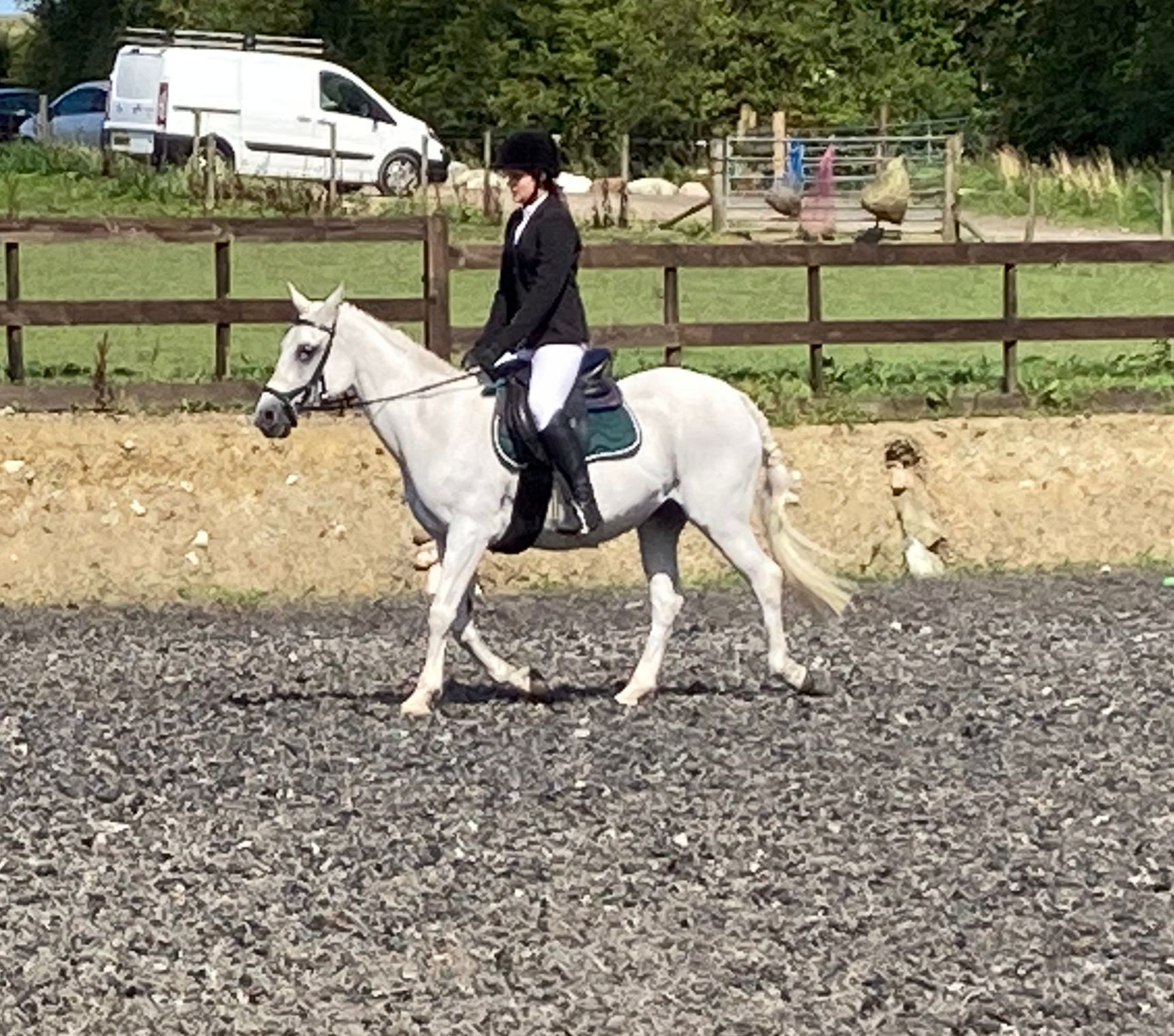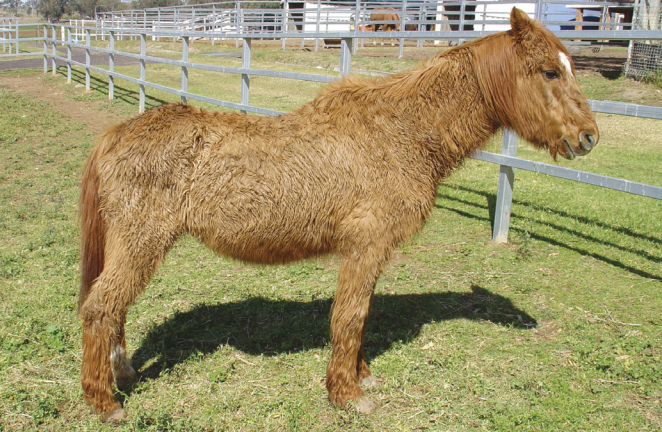
Cushing's Disease (PPID)
Cushing's disease, or PPID
Equine Cushing’s is now termed PPID (Pars Pituitary Intermedia Dysfunction). This means that an area of the pituitary gland at the base of the brain overproduces several hormones. This results in raised ACTH1 which circulates in the blood to the adrenal glands and causes excess cortisol (a steroid hormone) to be produced
It is a gradual age-related change so primarily affects ponies and horses over 15 years of age but recent studies have shown it to be evident in some 10-15 year olds.
A significant proportion of horses with laminitis have PPID.

Key points
PPID mainly affects ponies and horses over 15 years of age but it should be considered in younger age groups too, especially if laminitis is present.
A wavy hairy coat is the classic sign but often signs may be more subtle
Diagnosis and treatment to manage the disease can result in a greatly improved quality of life and are crucial in cases of laminitis if PPID is the suspected cause.
Clinical signs
- laminitis - occurring acutely or as recurrent bouts and often unresponsive to treatment until the PPID is controlled;
- a hairy coat (hirsutism) which can become thick and curly often be preceded by patchy or late shedding of the hair coat;
- drinking excessively and producing large volumes of urine (polydipsia and polyuria);
- lethargy - this can be perceived by owners to be just a normal age-related change and the problem may only be appreciated following improvement after treatment;
- loss of muscle with a dipped back and potbellied appearance;
- bulging fat pads visible above the eyes;
- weight loss;
- excess sweating;
- the immune system is compromised making affected horses more prone to skin, respiratory, dental infections and parasite infestation.

A horse developing an abnormal coat that is curly and overgrown is a clinical sign of PPID.
Diagnosis
Blood tests can be performed to help diagnose PPID. There are several tests available but the most commonly performed ones are:
- The ACTH test - this is the most commonly used test, affected horses usually show a high level when compared to the seasonal reference range.
- The overnight dexamethasone suppression test - this involves collecting a blood sample at about 5pm just prior to an injection of dexamethasone and a second blood sample the following morning. Horses with PPID show a continued high level of cortisol on the second sample compared to normal horses. The test may be unreliable July to October.
- The TRH2 stimulation test – this measures ACTH levels before and 30 minutes after an injection of TRH. This can be useful to identify cases with a borderline result on the ACTH test. The test may be unreliable July to October.
Even ponies and horses with the classic clinical signs of sweating and a curly coat should be tested so that the correct treatment can be started and the dosage can be monitored
Treatment
There is no cure for PPID but the disease can be well controlled with daily tablet medication.
Pergolide is the drug of choice for treatment; it acts to control the over production of ACTH and cortisol and should be continued for life. Follow up blood samples will help to find and maintain the correct dose for each individual.
Good management is also very important:
- clipping hair can improve comfort levels;
- frequent checks for early identification of wounds and infection;
- regular farriery, dentistry and worming checks